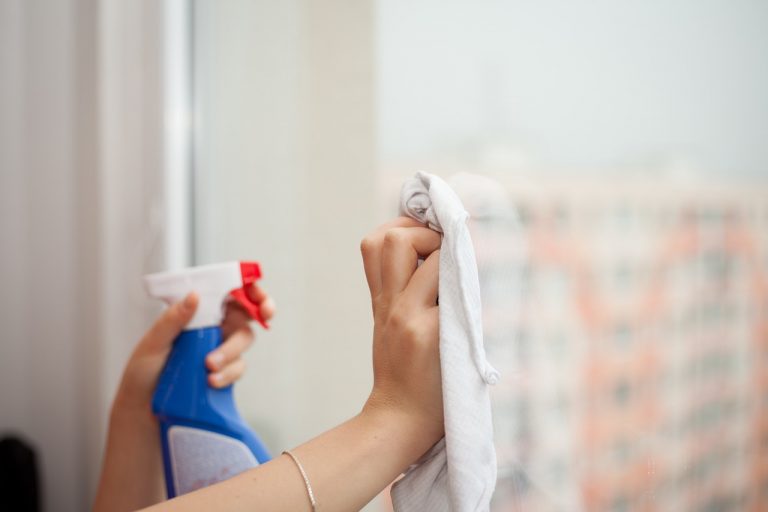While it may be something you gloss over, it shouldn’t be. Flossing your teeth is one of the most important habits for your dental hygiene. While some assume it’s not necessary because they’ve brushed their teeth, they would be wrong. Flossing is perhaps even more important.

When you brush your teeth, you are cleaning a lot of the surface area of your teeth. Unfortunately, your toothbrush is only so helpful. It cannot reach in between your teeth nor is it effective enough at your gumline. You will find food particles and bacteria getting caught in these areas. By flossing, you will be able to reach these locations with ease. This will allow you to get rid of excess food, bacteria, and plaque that would normally go unnoticed. Thus, it will help to prevent cavities in between your teeth, it can minimise bad breath, and it can reduce the total amount of tartar buildup along your gum line.
The American Dental Association (ADA) has a recommendation to floss a minimum of once per day. You want to ensure you are flossing after every meal because any plaque that you fail to remove in a sufficient amount of time will eventually harden and become impossible to get off without dental appliances. Every dental professional will agree that flossing is imperative (Fleet Dental Clinic).
However, flossing isn’t enough on its own. You need to be doing it correctly. A lot of people don’t know how to floss properly. Pulling the floss between your teeth isn’t enough. You need to use a curved formation around your tooth and floss up and down to get everything. You can follow the steps below for the proper flossing technique.
- Get at least 18 inches of dental floss and wrap it around each pointer finger.
- Firmly hold the floss between your thumbs and pointer fingers. From there, you should be navigating the floss between your teeth and use a gentle rubbing motion. You don’t want to snap the floss too hard into the gums as it could damage them and result in bleeding.
- As soon as the floss reaches the gumline, you want to begin to curve it around the tooth. From there, keep gently sliding it into the gaps between the gum and the tooth.
- Hold the floss completely against a single tooth. Continue to glide the floss against the side of the tooth. Continue to move the floss away from the gyms in an up and down manner. Continue to do this on every tooth in your mouth. Don’t forget to do the same thing with your molars.
Plaque and Tartar Formation
If you don’t floss regularly enough, you will suffer the consequences. While not flossing for a short period like a week won’t kill you, it’s going to cause things to get worse.
Assume you brush your teeth the recommended two times per day. While this will help you position yourself for good dental health, it’s not enough. After all, the toothbrush isn’t going to be able to reach areas where floss would.
Your teeth have (5) different surfaces that need to be properly cleaned. This includes the chewing surface, the front and back, and both sides. While your toothbrush is certainly capable of cleaning (3) of those surfaces, it isn’t going to get the side areas nor close enough to your gumline. No matter if you like flossing before or after you brush, it can be a good way to clear up the plaque formation from these areas.
Plaque is bad because it is a sticky film on your teeth. It can be made up of a lot of things including excess food residue and even bacteria. Not only is it likely to result in your breath smelling bad, but it can end up causing your tooth enamel to erode because it is naturally acidic.
To make things even worse, when you leave plaque on your teeth for too long, it can end up forming into tartar which is impossible to get rid of with your toothbrush or floss. Tartar can end up trapping excess food particles and bacteria along your gum line and in other hard-to-reach areas. To get rid of this tartar formation, you need to get a dentist or hygienist to scrape it off. Tartar can eat away at your teeth much like termites to wood.


